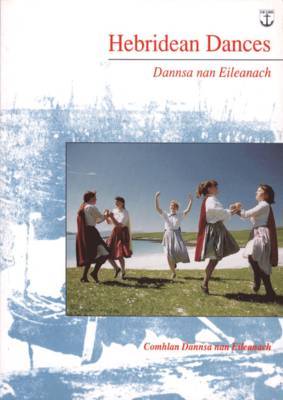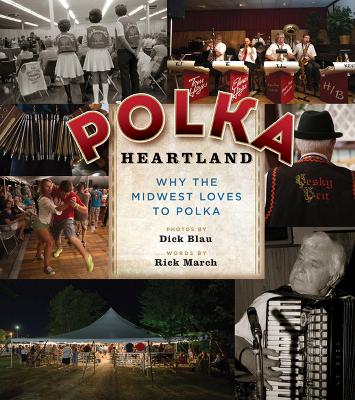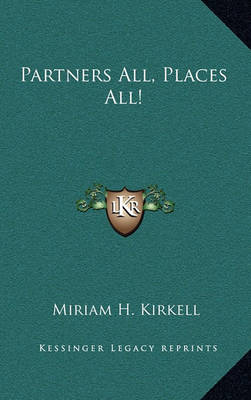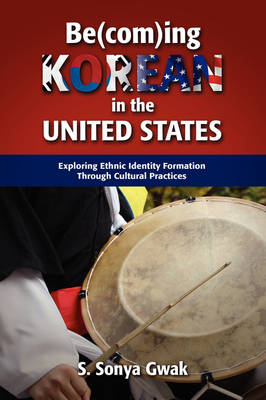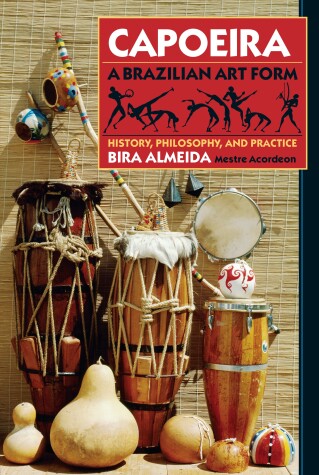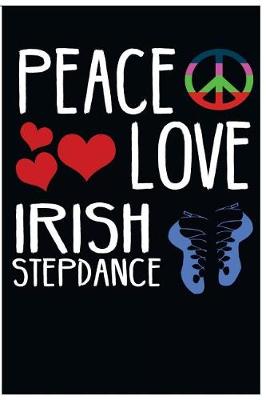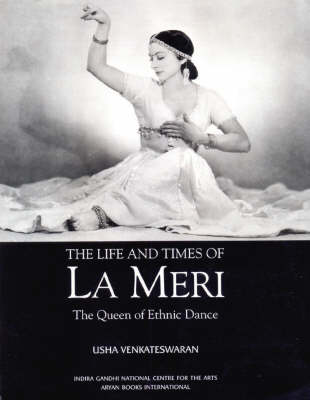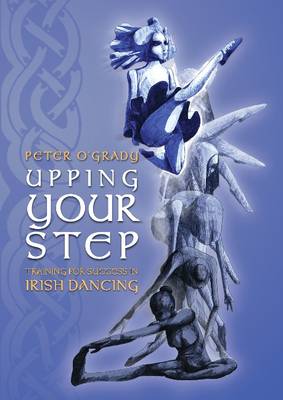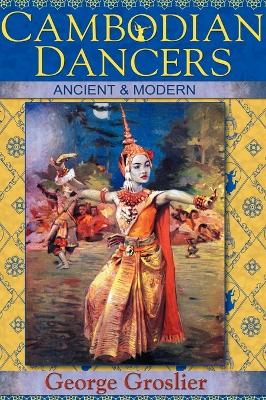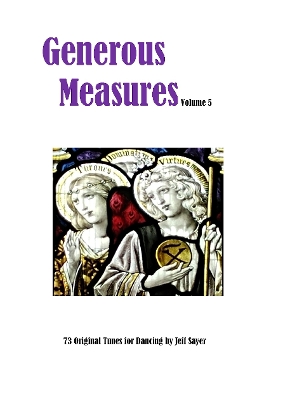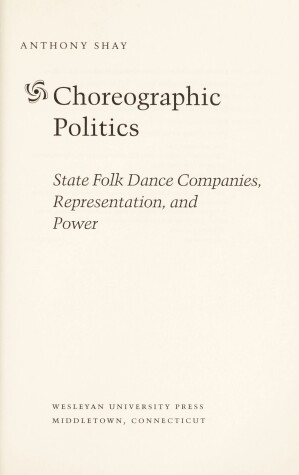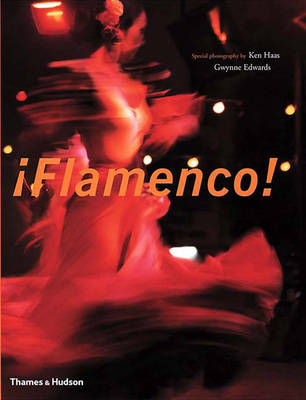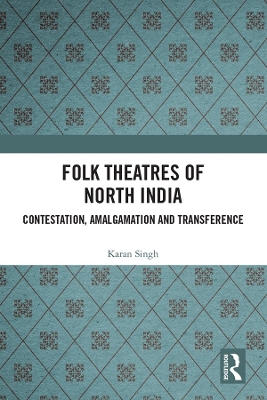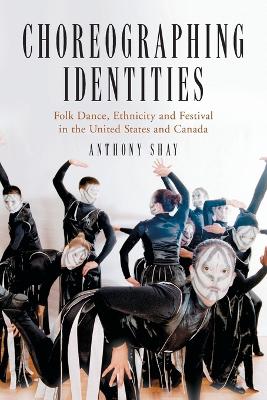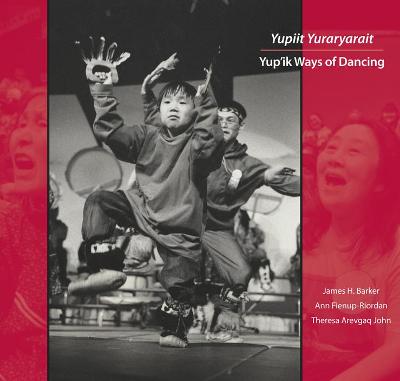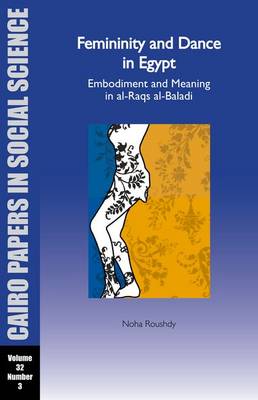Polka Heartland"" captures the beat that pulses in the heart of Midwestern culture--the polka--and offers up the fascinating history of how ""oompah-pah"" came to be the sound of middle America. From the crowded dance tent at Pulaski Polka Days to an off-the-grid Mexican polka dance in small-town Wisconsin, ""Polka Heartland"" explores the people, places, and history behind the Midwest's favorite music. From polka's surprising origin story as a cutting-edge European fad to an exploration of the...
Tomatoes Tomato Fruit Salad Vegetable Garden Organic Permaculture Healthy Living
by Wild Pages Press
In Africa, dance is much more than physical movement - it is a direct way to celebrate life and create healing. African Healing Dance is a step-by-step course on the healing tradition and expressive movements that are unique to Africa's dance heritage. From the movements of nature and everyday life, the tribal people of Africa developed specific dances to summon the energy of the world around them into their bodies for connection and healing. Through dancing, they became the bird and the wind, t...
Capoeira weaves fighting, music, dance, prayer, and ritual into an urgent strategy by which people live, struggle, celebrate, and survive together. In this book Bira Almeida--or Mestre Acordeon as he is respectfully called in capoeira circles--documents his own tradition with both the panoramic eye of the historian and the passionate heart of the capoeirista. He transports the reader from the damn of New World history in Brazil to the streets of twentieth-century Bahia (the spiritual home of cap...
Capoeira evolved as a Brazilian martial art developed initially by that country’s African slaves. Marked by deft, deceptive movements played on the ground or completely inverted, the form started gaining worldwide popularity in the early 20th century, when this second volume of Gerard Taylor’s wide-ranging history begins. The book opens with a study of the capoeira “Bamba,” Mestre Bimba, who became renowned as a fighting champion in Bahia and opened the first legal academy during the dictators...
This study of the politics of representation and authentication among state-sponsored or state-assisted folk ensembles shows that dance is a culturally significant social phenomena. Anthony Shay is also the author of Choreophobia.
The word "flamenco" has an international resonance, yet few people know much about flamenco itself - for most it means a colourful Spanish dance but behind the superficial image lies a significant history and evolution. This study explores this history from its earliest beginnings in songs, to its present sophistication in the combination of leading singers and dancers. The religious and ethnic influences on flamenco are analyzed as well as its place in literature, the themes that appear in it s...
'Everything in him seemed to shout this is what I am made of: there is nothing that I cannot do.' The Malambo is no ordinary dance. A murderous feat of endurance, it inspires fear and awe in the young working-class men who dance it. Whoever is crowned Champion at the annual competition in the remote Argentinian town of Laborde is treated as a demigod for the rest of his life - yet once he wins, he must never perform again. Twenty-eight-year-old Rodolfo, who grew up poor and hungry in a flat wi...
This book examines folk theatres of North India as a unique performative structure, a counter stream to the postulations of Sanskrit and Western realistic theatre. In focusing on their historical, social and cultural imprints, it explores how these theatres challenge the linearity of cultural history and subvert cultural hegemony. The book looks at diverse forms of theatre such as svangs, nautanki, tamasha, all with conventions like open performative space, free mingling of spectators and actors...
Throughout its history, the United States has become a new home for thousands of immigrants, all of whom have brought their own traditions and expressions of ethnicity. Not least among these customs are folk dances, which over time have become visual representations of cultural identity. Naturally, however, these dances have not existed in a vacuum. They have changed--in part as a response to ever-changing social identities, and in part as a reaction to deliberate manipulations by those withi...
Yupiit Yuraryarait
by James Barker, Ann Fienup- Riordan, and Theresa Arevgaq John
Far more than just a dance, the dynamic choreography of the Yup'ik provides an illuminating window into the morality, social organization, and colonial history of this indigenous people. In "Yupiit Yuraryarait", anthropologist Ann Fienup-Riordan begins with a brief historical overview of the colonization and development of Alaska from the Yup'ik point of view. Then, armed with oral history testimony spanning thirty years, she shows how singing and dancing are interconnected and imbued with meani...
Femininity and Dance in Egypt: Embodiment and Meaning in al-Raqs al-Baladi (Cairo Papers in Social Science, #32)
by Noha Roushdy
Considering the paradoxical position of al-raqs al-baladi or “belly dance” in Egyptian social life, as both a vibrant and a contested cultural form, this issue of Cairo Papers in Social Science considers the impact of wider socio-cultural and political forces on the marginalization of professional performers, on the one hand, and in defining the parameters for non-professional performances on the other hand. Through interviews with professional and non-professional female dancers in Egypt, it ex...

